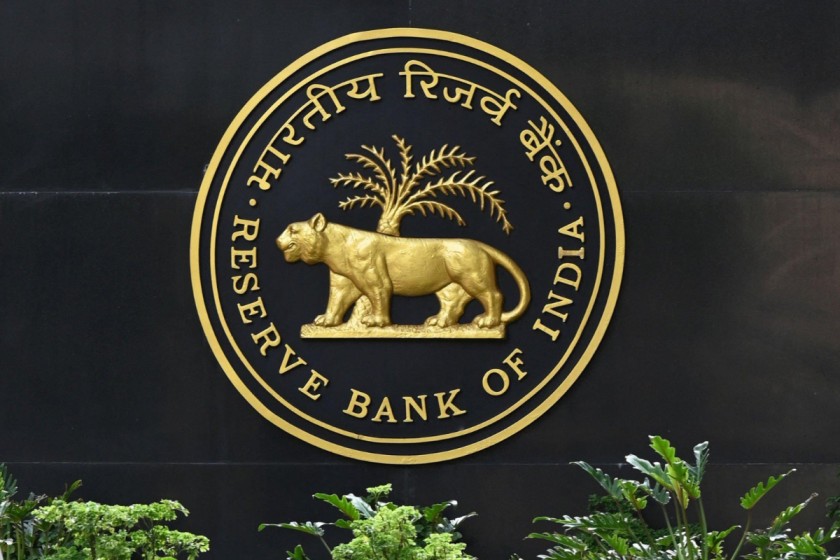- April 17, 2025
Liquidity takes the lead in RBI strategy

In February 2019, when the Reserve Bank of India (RBI) began to cut the policy repo rate, the impact on market interest rates was limited until the central bank unscrewed the tap of liquidity in June that year. Of course, the pandemic forced the RBI to open the floodgates of liquidity, perhaps the best antidote to fear in the money markets. That playbook has made a comeback now with a high certainty of success.
Four months after it first softened its policy by changing the stance to neutral from withdrawal of accommodation, the RBI took the first step towards easing liquidity deficit and told the markets it would begin to infuse liquidity to offset the impact of its own foreign exchange operations. At that time, banks were borrowing three-month money around a stiff 7.00 percent while companies had to pay more than 7.50 percent. With the promise of liquidity, interest rates on commercial paper and certificates of deposits started cooling off. Fast forward to today, these money market instruments are at least 50 basis points cheaper than they were six months ago and are likely to see their rates fall more. A basis point is one hundredth of a percentage point. All this has been possible by the RBI’s simple and tested approach of categorically spelling out a liquidity policy where the goal is to turn it into a surplus from deficit.
The change of heart on liquidity was logical but there are also sound statistics behind it. A study by the RBI staff shows that surplus liquidity has a statistically significant impact on money market rates and not so much on bond yields. “From a policy perspective, the result suggests that providing sufficient liquidity has a more pronounced impact on spreads, especially during uncertain times,” the study said. Simply put, if one wants money market interest rates to fall the best step is to increase the amount of money in the system rather than the price (policy rates). More importantly, if rates across tenures need to be brought down, liquidity surplus is the way to go.
But if surplus liquidity has no impact on bond yields and the current sputtering investment cycle needs long-term borrowing rates to fall, do liquidity measures even matter?
A smooth money market is the bedrock of faster transmission and surplus liquidity is the catalyst. If banks face uncertainty on borrowing costs, they would be loath to reduce lending rates for borrowers. The certainty that interest rates in the overnight market, bulk deposits, and commercial paper would remain benign will ensure banks are eager to pass on benefits to borrowers. In short, transmission of an easing policy into interest rates and yields across tenures and types would be faster.
That brings us to the current context of slowing economic growth and the challenges that global uncertainties surrounding capital flow pose for the RBI. Lower cost of capital is the best motivation for firms to set up factories and increase output and lower borrowing costs also inspire consumers to fulfil their desires through credit funded purchases. During episodes of global uncertainties, the certainty on borrowing costs for banks and other agents of funding will increase the odds for all borrowers to reap the fall in cost. Incidentally, bond yields have also eased considerably, and deposit rates are on their way down.
A few banks have already begun to lower interest rates on some categories of loans such as home loans. This is a sign that transmission has increased, and analysts believe that rates are headed lower in the coming months. That sits neatly with the RBI’s objective of supporting growth.
Authored by Aparna Iyer, Deputy Editor, Moneycontrol
Views are personal and do not represent the stand of this publication.
